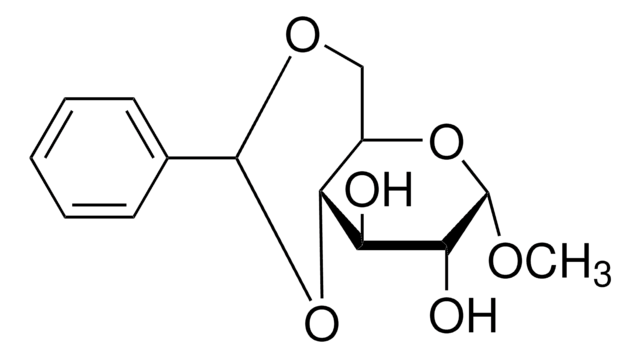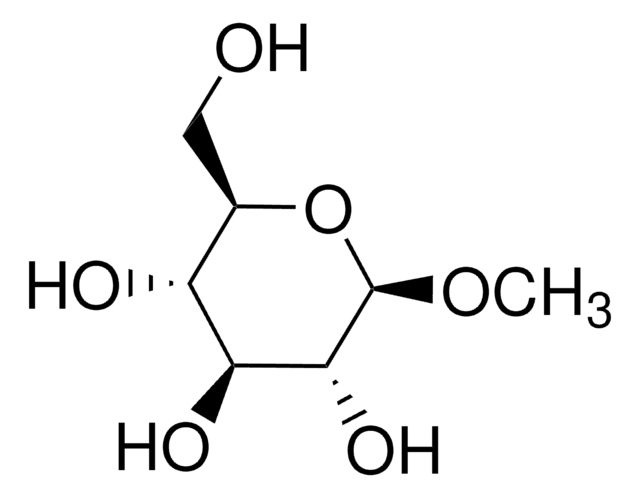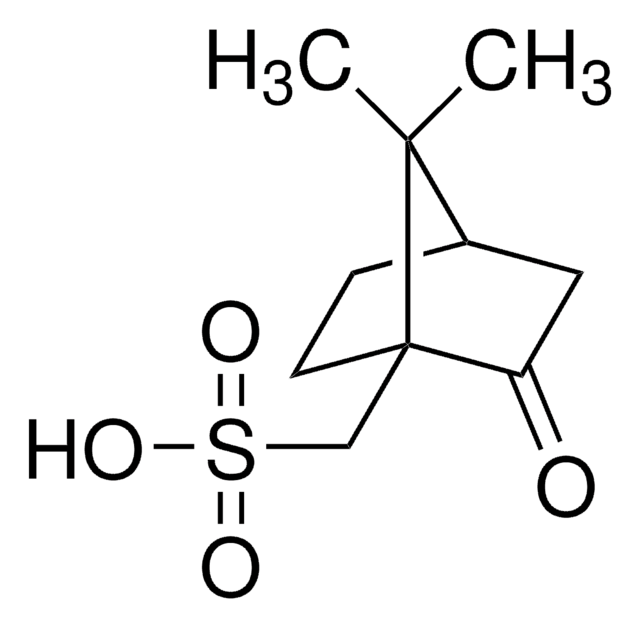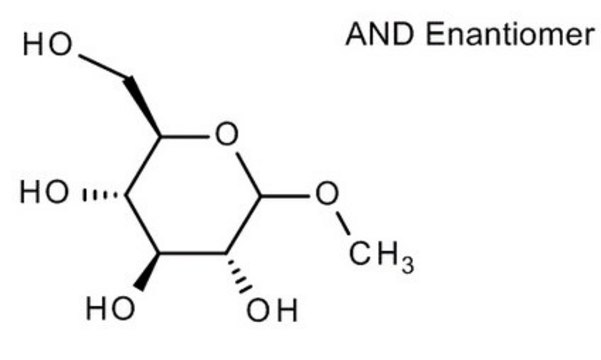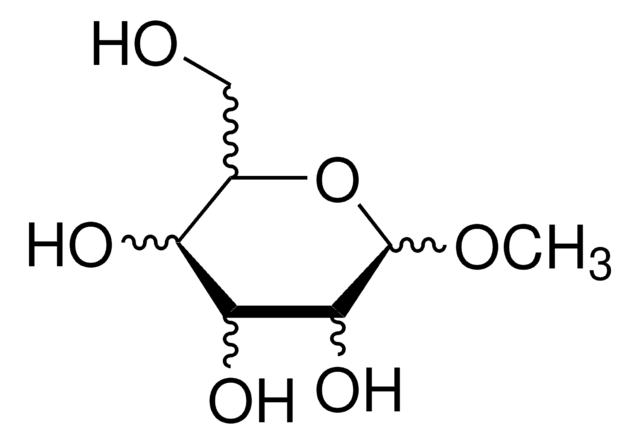PCC030C30G
Pellicon® Capsule with Ultracel® Membrane
30 kDa, C Screen, 3 m2 manifold with AseptiQuik® G connectors
About This Item
Produits recommandés
Matériaux
EPDM rubber seal
PPO/PS blend (Core)
PPO/PS blend housing
TPE seal
composite regenerated cellulose (CRC) membrane
epoxy adhesive
polyester screen
polypropylene screen
polyurethane adhesive
Niveau de qualité
Stérilité
sterile; γ-irradiated
Gamme de produits
Pellicon®
Conditions de stockage
room temperature (15-30°C)
Paramètres
4-8 L/min-m2 flow rate
50 psi pressure (3.5 bar) at 4-30 °C (Forward Transmembrane Pressure (TMP))
60 psi max. pressure (4.1 bar) at 4-30 °C (Maximum Inlet Pressure)
Technique(s)
ultrafiltration: suitable
Hauteur
44.2 cm (17.4 in.)
Longueur
40.4 cm (15.9 in.)
Largeur
45.4 cm (17.9 in.)
1 of 4
Cet article | GF51077965 | GF71082031 | GF24904784 |
|---|---|---|---|
| manufacturer/tradename Goodfellow 277-686-51 | manufacturer/tradename Goodfellow 510-779-65 | manufacturer/tradename Goodfellow 710-820-31 | manufacturer/tradename Goodfellow 249-047-84 |
| form rod | form rod | form rod | form rod |
| assay 99.90% | assay 99.9% | assay 99.9% | assay 99.90% |
| density 8.57 g/mL at 25 °C (lit.) | density 8.57 g/mL at 25 °C (lit.) | density 8.57 g/mL at 25 °C (lit.) | density 8.57 g/mL at 25 °C (lit.) |
| mp 2468 °C (lit.) | mp 2468 °C (lit.) | mp 2468 °C (lit.) | mp 2468 °C (lit.) |
| bp 4742 °C (lit.) | bp 4742 °C (lit.) | bp 4742 °C (lit.) | bp 4742 °C (lit.) |
Description générale
Application
Caractéristiques et avantages
Gamma Sterilized and preseravtive-free - ready to process in minutes
True single-use, self-contained capusle - fast, safe, and flexible batch turnaround
Proven Ultracel® membrane and C screen - high recovery, superior mass transfer, solvent resistance
Pellicon® TFF proven performance - true linear scalability within Pellicon® TFF families
Conditionnement
Autres remarques
Comprehensive documentation to support qualification, risk assessment and process optimization needs.
Consolidation of product specific testing, quality and regulatory information to simplify compliance requirements.
Convenient 24/7 access to up-to-date product information.
Informations légales
Certificats d'analyse (COA)
Recherchez un Certificats d'analyse (COA) en saisissant le numéro de lot du produit. Les numéros de lot figurent sur l'étiquette du produit après les mots "Lot" ou "Batch".
Déjà en possession de ce produit ?
Retrouvez la documentation relative aux produits que vous avez récemment achetés dans la Bibliothèque de documents.
Les clients ont également consulté
Chromatograms
application for HPLCapplication for HPLCapplication for HPLCapplication for HPLCAfficher plusNotre équipe de scientifiques dispose d'une expérience dans tous les secteurs de la recherche, notamment en sciences de la vie, science des matériaux, synthèse chimique, chromatographie, analyse et dans de nombreux autres domaines..
Contacter notre Service technique


